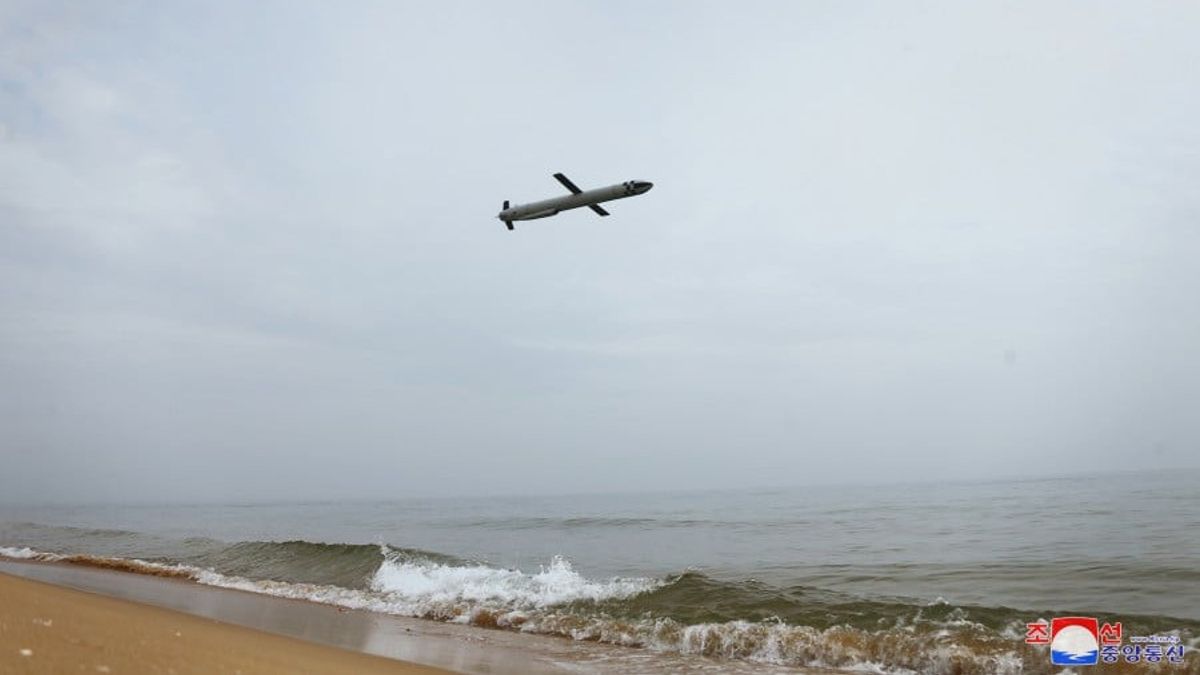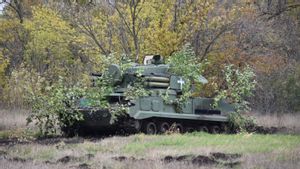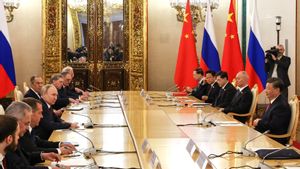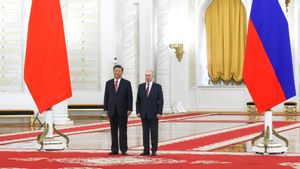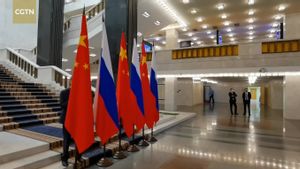JAKARTA - State media reported on Friday that North Korea claimed to have successfully test-fired a new nuclear-capable underwater attack drone that can generate a radioactive tsunami, accusing joint military exercises between South Korea and the United States of increasing tensions in the region.
During the drills, the new North Korean drone sailed underwater at a depth of 80 to 150 meters (260-500 feet) for more than 59 hours, before detonating in waters off the east coast on Thursday, the NorthKorean state news agency KCNA said, as reported by Reuters, March 24.
Dubbed "Haeil", or tsunami, the drone system is intended to carry out sneak attacks on enemy waters and destroy naval strike groups to key operational ports, by generating large-scale radioactive waves through underwater explosions, KCNA said.
"This nuclear underwater attack drone can be deployed on any coast and harbor or towed by surface ships for operation," the news agency said, saying North Korean leader Kim Jong-un personally supervised the test.
It is not clear whether North Korea has fully developed the miniature nuclear warheads required to be mounted on smaller weapons.
Analysts say perfecting a smaller warhead will likely be a key goal if North Korea goes ahead with nuclear tests.
Leif-Eric Easley, a professor at Ewha University in Seoul said Pyongyang's latest claims of a nuclear-capable underwater drone "should be treated with scepticism."
"But it was clearly meant to show the Kim regime has so many different means of nuclear attack that any preemptive or decapitation strike against it would be a total failure," he said.
On the same occasion, KCNA also confirmed Pyongyang fired a cruise missile on Wednesday to practice carrying out a tactical nuclear strike mission, confirming an earlier report from Seoul's military.
The cruise missile was equipped with a "test warhead simulating a nuclear warhead," and flew a range of 1.500-1.800 km (930-1.120 miles), according to KCNA. The test verified the reliability of the control device and detonator in an airborne explosion and served as another demonstration of the military's strike capability, KCNA wrote.
Meanwhile, North Korea says the latest weapons tests and drills have not negatively impacted the security of its neighbors.
The latest test comes as South Korean and US forces launched their largest amphibious landing exercises in years, involving a US amphibious assault ship on Monday.
VOIR éGALEMENT:
North Korea said Washington and Seoul pushed the situation on the Korean peninsula to an "irreversible dangerous point" with their drills, deeming the move to require its troops to "prepare for all-out war and increase its nuclear power both in quality and quantity based on priority."
Pyongyang has long criticized the drills being carried out by South Korean and US troops, saying they were preparations for an invasion of North Korea.
Meanwhile, South Korea and the US said the drills were purely defensive in nature and criticized the North Korean test as destabilizing and in violation of UN sanctions.
The English, Chinese, Japanese, Arabic, and French versions are automatically generated by the AI. So there may still be inaccuracies in translating, please always see Indonesian as our main language. (system supported by DigitalSiber.id)
